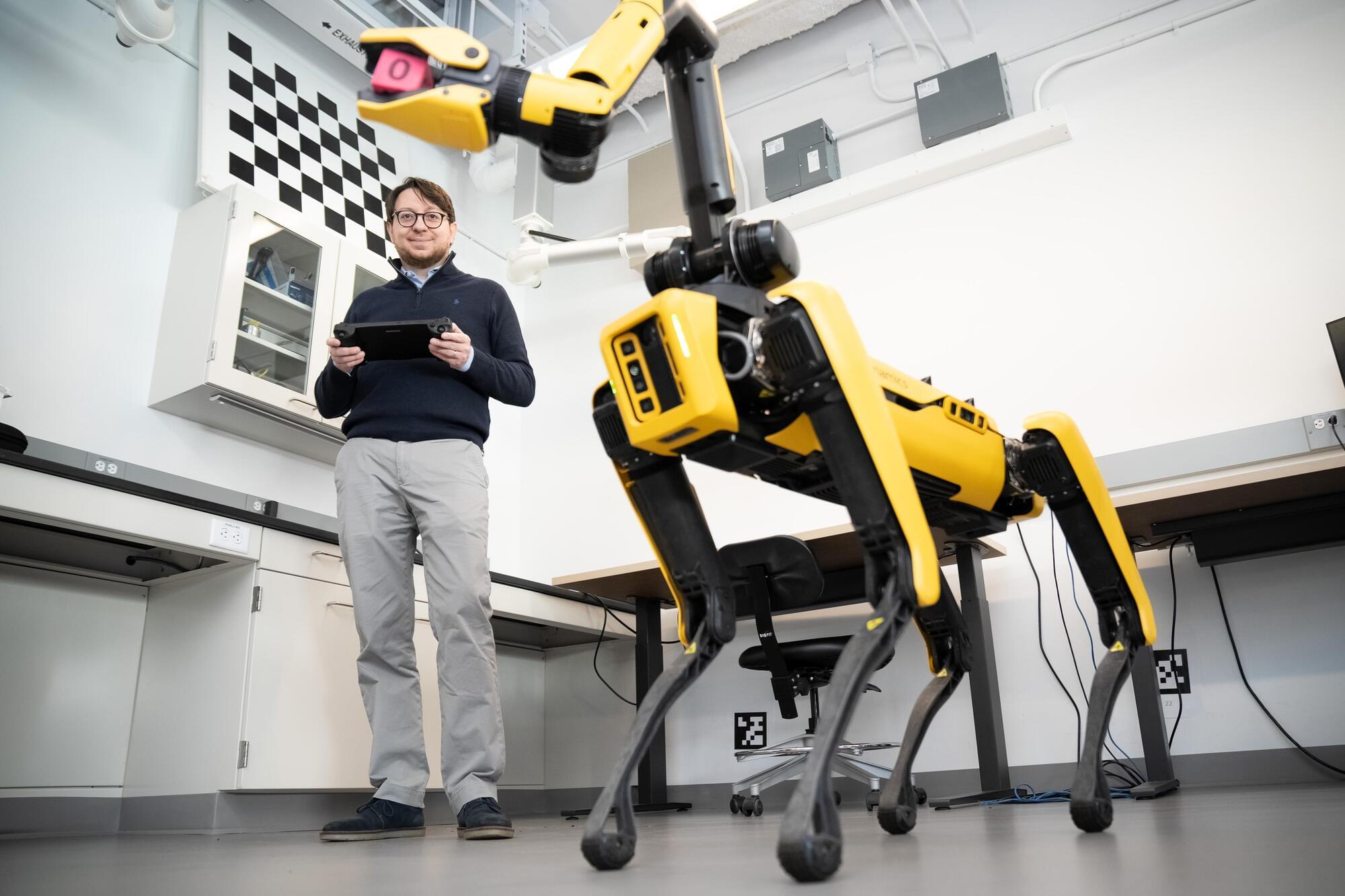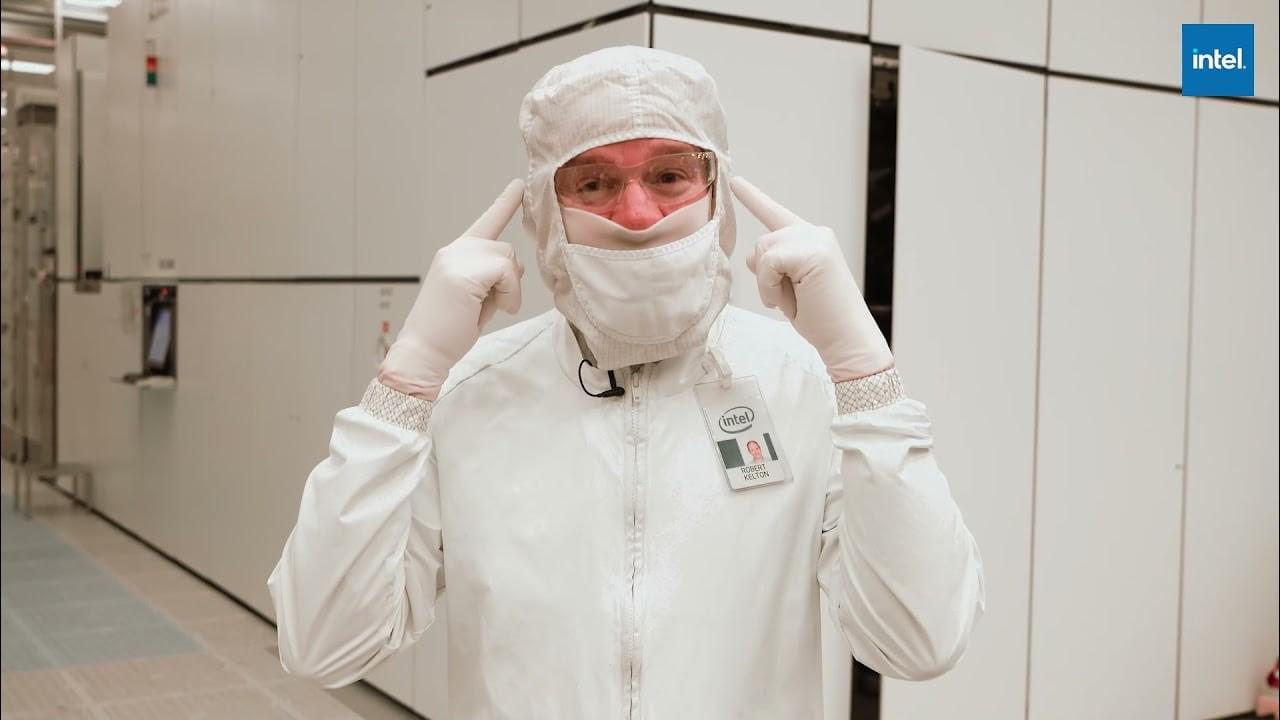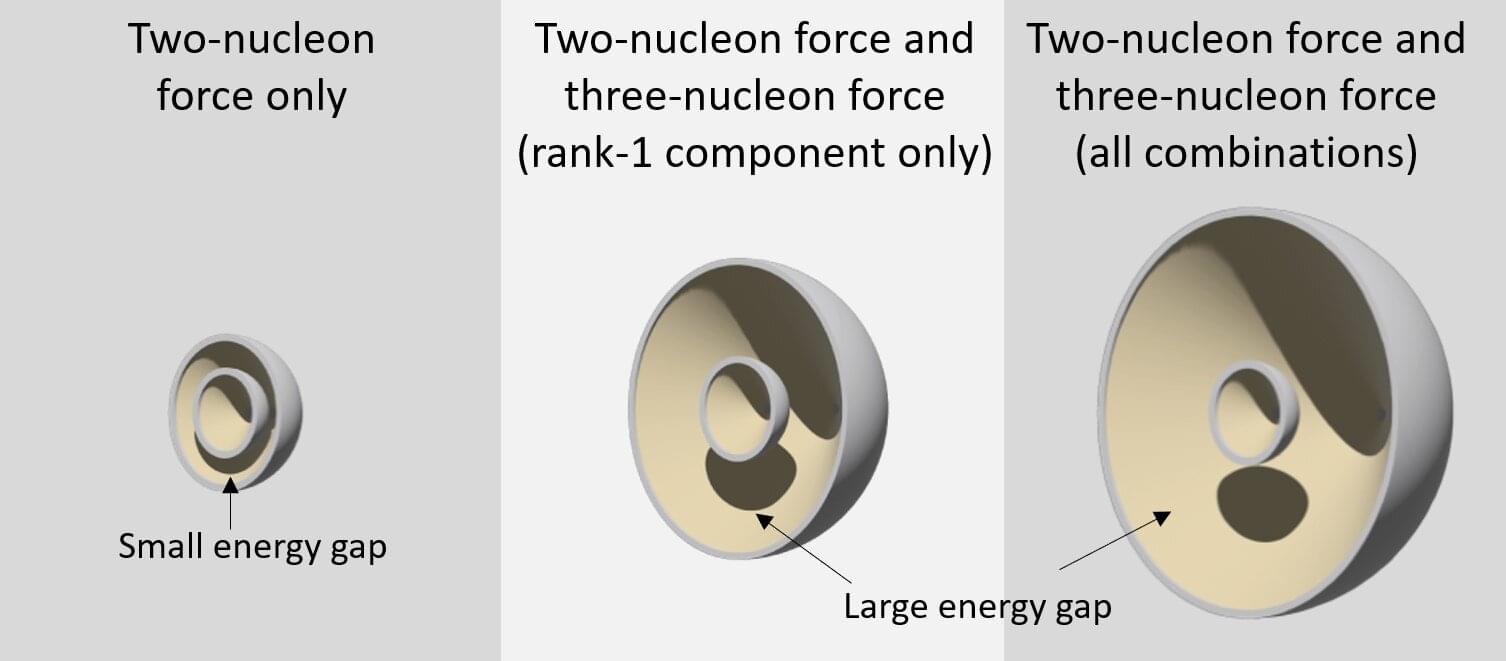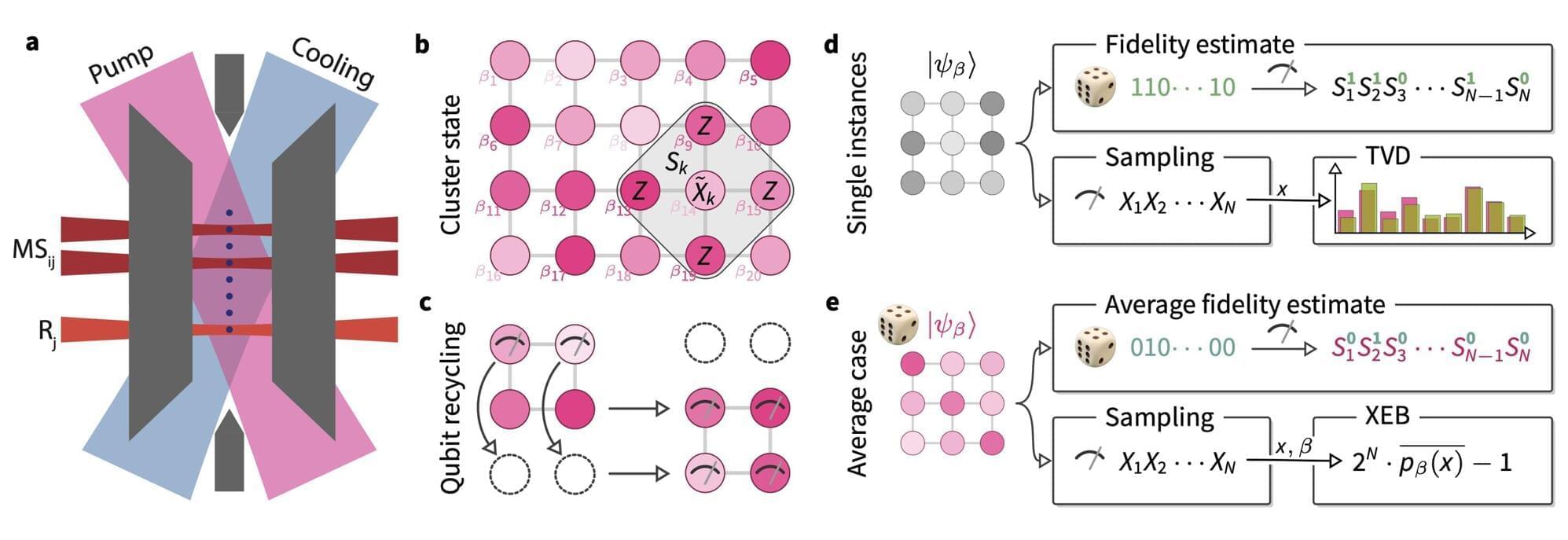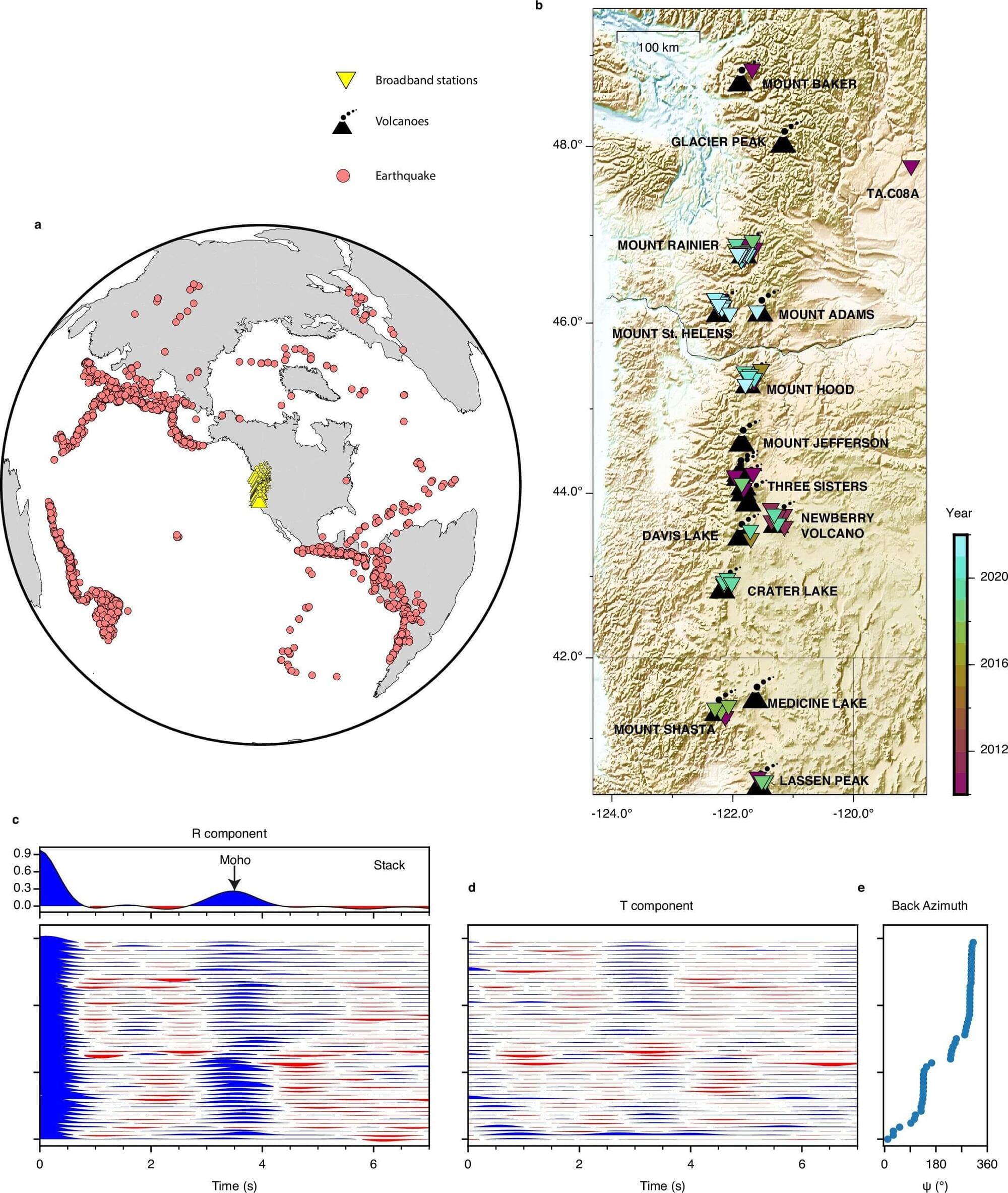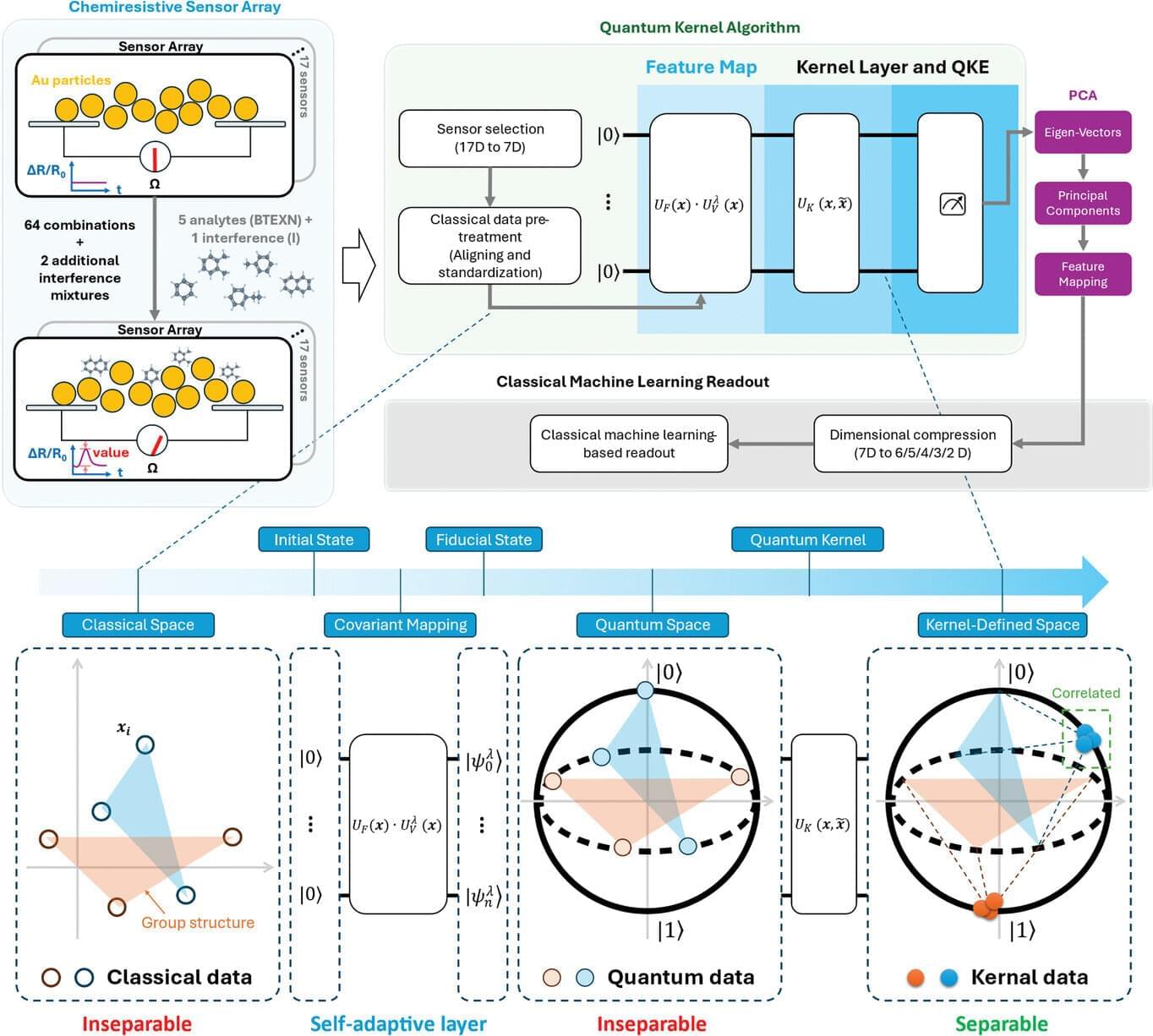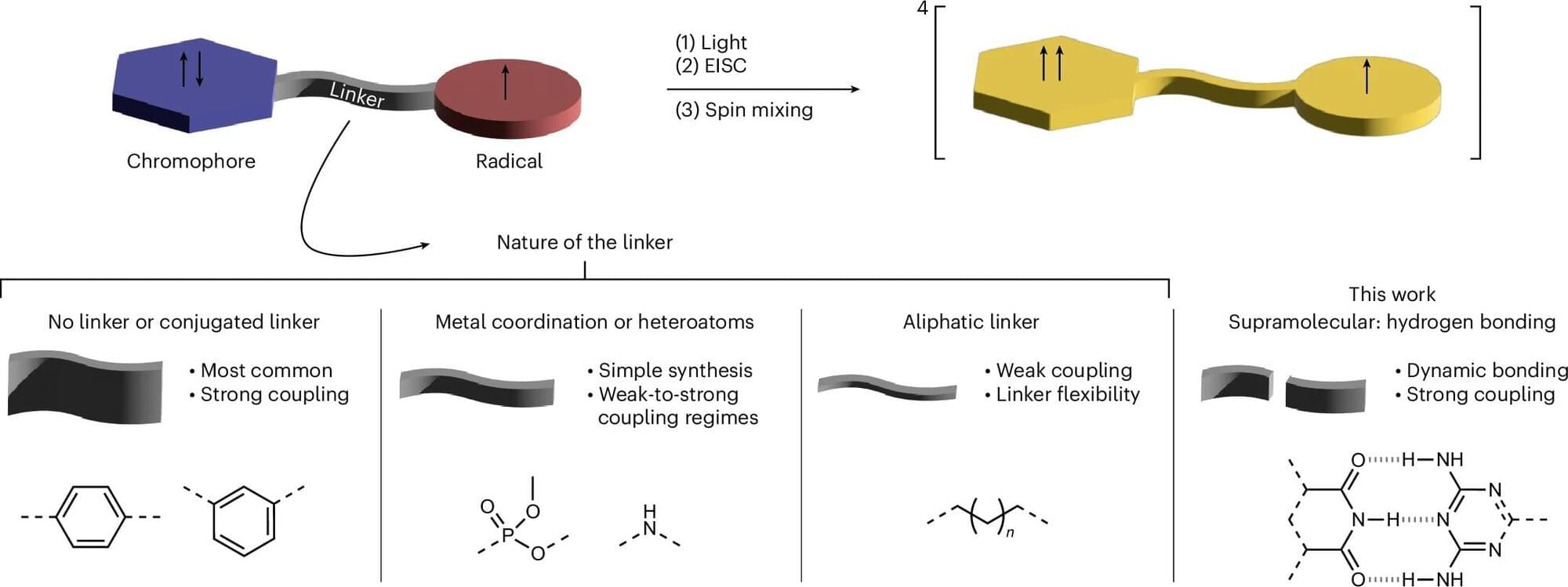
A Franco-German research team, including members from the University of Freiburg, shows that supramolecular chemistry enables efficient spin communication through hydrogen bonds. The work is published in the journal Nature Chemistry.
Qubits are the basic building blocks of information processing in quantum technology. An important research question is what material they will actually consist of in technical applications. Molecular spin qubits are considered promising qubit candidates for molecular spintronics, in particular for quantum sensing. The materials studied here can be stimulated by light; this creates a second spin center and, subsequently, a light-induced quartet state.
Until now, research has assumed that the interaction between two spin centers can only be strong enough for successful quartet formation if the centers are covalently linked. Due to the high effort required to synthesize covalently bonded networks of such systems, their use in application-related developments in the field of quantum technology is severely limited.

